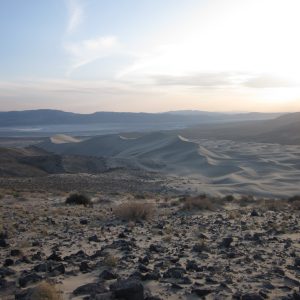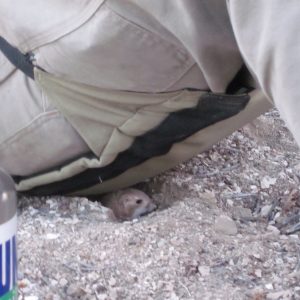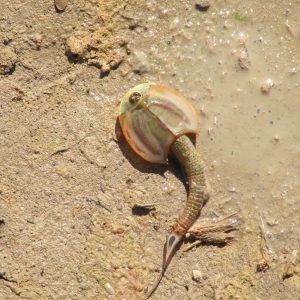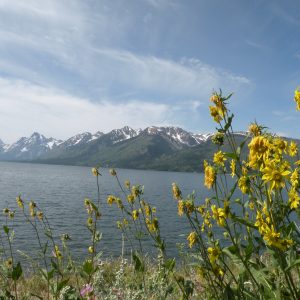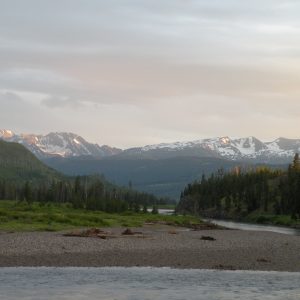I still am in awe of where I am, and how my summer has come to be with my internship. I find myself in vast meadows of lupine, and then crouching beside a chocolate lily, or climbing rocky mountainsides in search of Crepis elegans (elegant hawksbeard–gotta love the name), wading on edges of alpine lakes identifying Carex species, and then identifying the entire plant community of a black spruce forest.
And most recently I found myself out in the far reaches of Alaska’s North Slope! I had the incredible opportunity of being a research assistant for two weeks on a project in the BLM’s National Petroleum Reserve-Alaska (NPR-A) monitoring the effects of oil exploration on the tundra. Such a beautiful and strange world up there! The Coastal Plain (aka North Slope) consists of hundreds of lakes and intricately meandering streams across a completely flat landscape, about 1/3 water from melting permafrost and 2/3 land.
On the North Slope, I lived in the remote BLM field camp of Inigok, 30 miles south of the Beaufort Sea of the Arctic Ocean. The camp was accessible by air only and lay 100s of miles from any other major “civilization.” Our camp consisted of canvas cook tent, pantry tent, and a “lounge” with wireless. My camp-mates were a crew of 12 or so biologists and other researchers from all over the country doing projects on fish, botany, caribou, and climate change in the arctic.
For our research, we flew around in a helicopter collecting a variety of data from 88 sites across the tundra. The project was in its 13th year monitoring the effects of seismic exploration for oil and ice roads on tundra flora. We looked at impact to tussocks (Eriophorum vaginatum), riparian areas, and other tundra communities. We visually noted rate of plant recovery from ground and air, trying to see how long recovery is for flora after being driven over in multiple ton vehicles in the winter. Depending on what substrate or ecosystem was effected, full plant recovery has been anywhere from 2 years to still not recovered today. Such a beautiful, fragile ecosystem up there, I feel lucky to have participated in the quest for understanding Arctic ecosystems!

My work team: our helicopter pilot on the left, then botanist/wildlife biologist Dave, and me on the right
Such an adventure! I’ve learned so much up here. I can name all the tundra plants by common name and Latin. I ate a puff ball mushroom fresh off the tundra, saw a few grizzly bears running from our helicopter and saw a rare herd of musk ox. I got to see a herd of five thousand caribou swimming across a lake, and touched the permafrost–the hard and frozen ice under all this land. And I learned to play cribbage!







